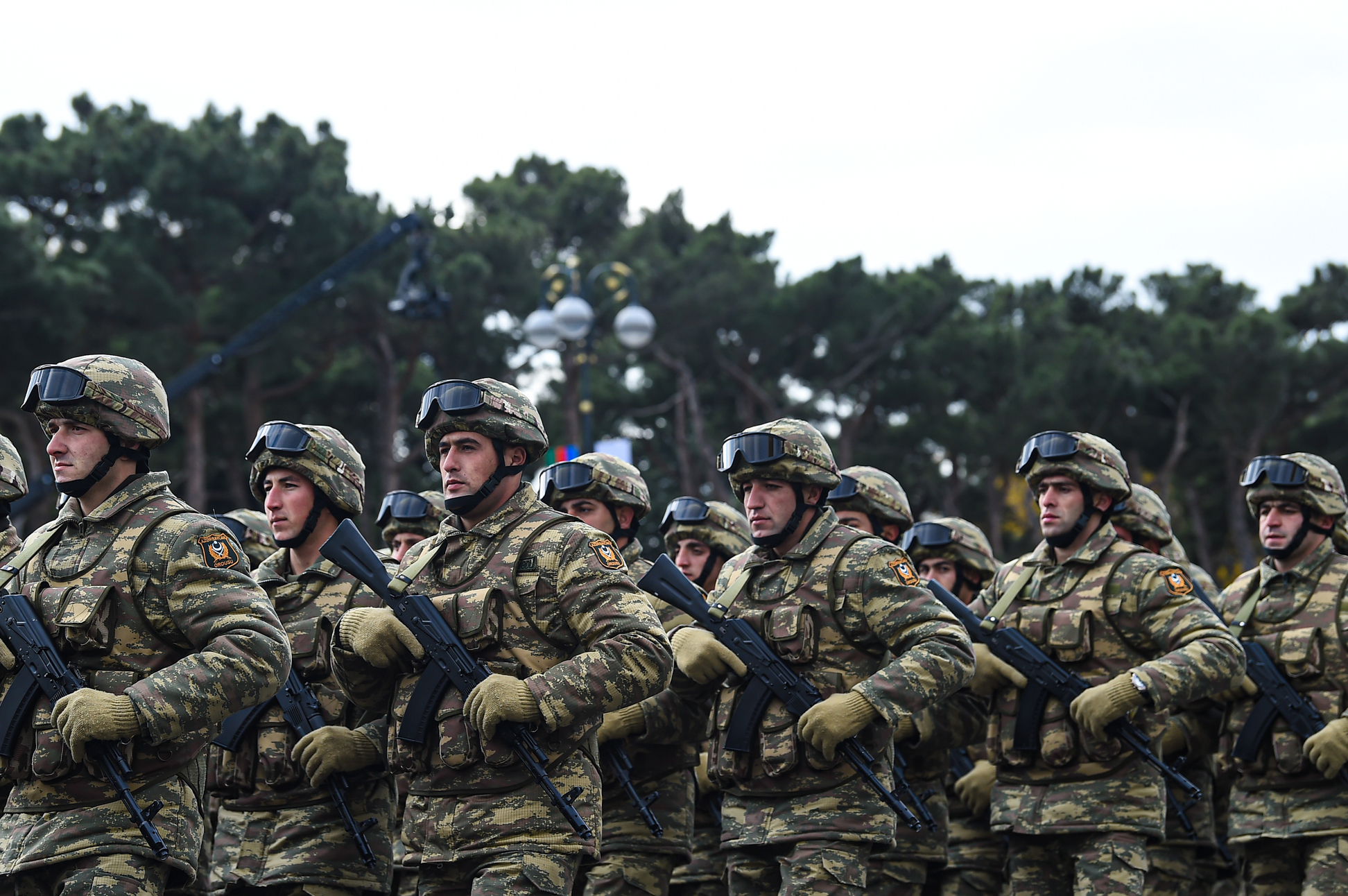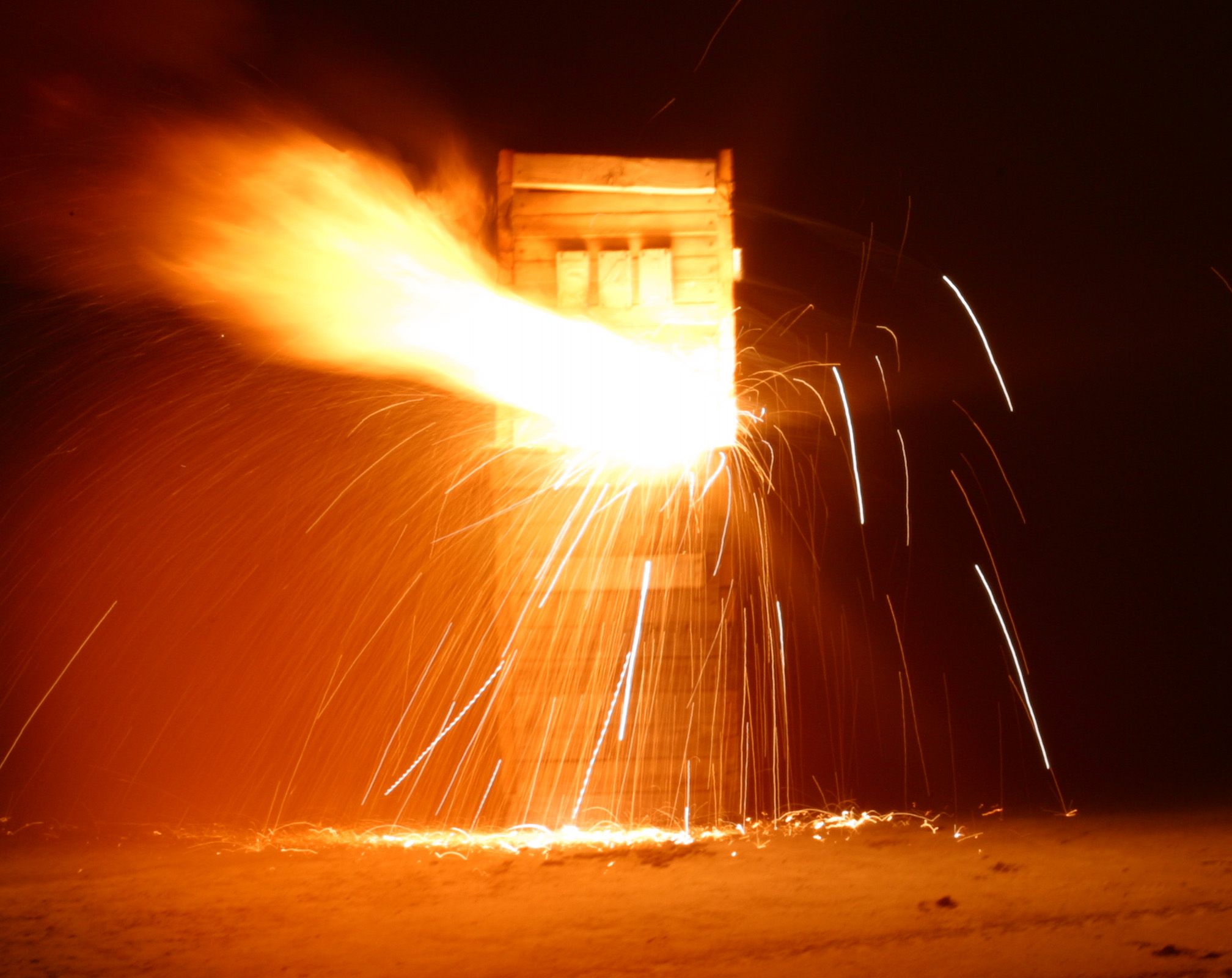|
Self-heating Can
Self-heating food packaging is active packaging with the ability to heat food contents without external heat sources or power, usually using an exothermic chemical reaction. Packets can also be self-cooling. These packages are useful for military operations, during natural disasters, or whenever conventional cooking is not available. They are often used for military field rations, camping food, instant food, or other types of food intended for preparation where proper cooking facilities or methods are unavailable or less ideal. Chemistry The source of the heat for the self-heated can is an exothermic reaction that the user initiates by pressing on the bottom of the can. The can is manufactured as a triple-walled container. A container for the beverage is surrounded by a container of the heating agent separated from a container of water by a thin breakable membrane. When the user pushes on the bottom of the can, a rod pierces the membrane, allowing the water and heating a ... [...More Info...] [...Related Items...] OR: [Wikipedia] [Google] [Baidu] |
Army
An army, ground force or land force is an armed force that fights primarily on land. In the broadest sense, it is the land-based military branch, service branch or armed service of a nation or country. It may also include aviation assets by possessing an army aviation component. Within a national military force, the word army may also mean a field army. Definition In some countries, such as France and China, the term "army", especially in its plural form "armies", has the broader meaning of armed forces as a whole, while retaining the colloquial sense of land forces. To differentiate the colloquial army from the formal concept of military force, the term is qualified, for example in France the land force is called , meaning Land Army, and the air and space force is called , meaning Air and Space Army. The naval force, although not using the term "army", is also included in the broad sense of the term "armies" — thus the French Navy is an integral component of the collect ... [...More Info...] [...Related Items...] OR: [Wikipedia] [Google] [Baidu] |
Food And Drug Administration
The United States Food and Drug Administration (FDA or US FDA) is a List of United States federal agencies, federal agency of the United States Department of Health and Human Services, Department of Health and Human Services. The FDA is responsible for protecting and promoting public health through the control and supervision of food safety, tobacco products, caffeine products, dietary supplements, Prescription drug, prescription and Over-the-counter drug, over-the-counter pharmaceutical drugs (medications), vaccines, biopharmaceuticals, blood transfusions, medical devices, electromagnetic radiation emitting devices (ERED), cosmetics, Animal feed, animal foods & feed and Veterinary medicine, veterinary products. The FDA's primary focus is enforcement of the Federal Food, Drug, and Cosmetic Act (FD&C). However, the agency also enforces other laws, notably Section 361 of the Public Health Service Act as well as associated regulations. Much of this regulatory-enforcement work is ... [...More Info...] [...Related Items...] OR: [Wikipedia] [Google] [Baidu] |
Containers
A container is any receptacle or enclosure for holding a product used in storage, packaging, and transportation, including shipping. Things kept inside of a container are protected on several sides by being inside of its structure. The term is most frequently applied to devices made from materials that are durable and are often partly or completely rigid. A container can also be considered as a basic tool, consisting of any device creating a partially or fully enclosed space that can be used to contain, store, and transport objects or materials. History Humans have used containers for at least 100,000 years, and possibly for millions of years.Clive Gamble, ''Origins and Revolutions: Human Identity in Earliest Prehistory'' (2007), p. 204. The first containers were probably invented for storing food, allowing early humans to preserve more of their food for a longer time, to carry it more easily, and also to protect it from other animals. The development of food storage co ... [...More Info...] [...Related Items...] OR: [Wikipedia] [Google] [Baidu] |
Canned Food
Canning is a method of food preservation in which food is processed and sealed in an airtight container ( jars like Mason jars, and steel and tin cans). Canning provides a shelf life that typically ranges from one to five years, although under specific circumstances, it can be much longer. A freeze-dried canned product, such as canned dried lentils, could last as long as 30 years in an edible state. In 1974, samples of canned food from the wreck of the '' Bertrand'', a steamboat that sank in the Missouri River in 1865, were tested by the National Food Processors Association. Although appearance, smell, and vitamin content had deteriorated, there was no trace of microbial growth and the 109-year-old food was determined to be still safe to eat. History and development French origins Shortly before the Napoleonic Wars, the French government offered a hefty cash award of 12,000 francs to any inventor who could devise a cheap and effective method of preserving large amounts o ... [...More Info...] [...Related Items...] OR: [Wikipedia] [Google] [Baidu] |
Food Packaging
Food packaging is a packaging system specifically designed for food and represents one of the most important aspects among the processes involved in the food industry, as it provides protection from chemical, biological and physical alterations. The main goal of food packaging is to provide a practical means of protecting and delivering food goods at a reasonable cost while meeting the needs and expectations of both consumers and industries. Additionally, current trends like sustainability, environmental impact reduction, and shelf-life extension have gradually become among the most important aspects in designing a packaging system. History Packaging of food products has seen a vast transformation in technology usage and application from the Stone Age to the industrial revolution: 7000 BC: The adoption of pottery and glass, with widespread production beginning around 1500 BC. 1700s: The first manufacturing production of tinplate was introduced in England (1699) and in France ... [...More Info...] [...Related Items...] OR: [Wikipedia] [Google] [Baidu] |
BBC News Online
BBC News Online is the website of BBC News, the division of the BBC responsible for newsgathering and production. It is one of the most popular news websites, with 1.2 billion website visits in April 2021, as well as being used by 60% of the UK's internet users for news. The website contains international news coverage, as well as British, entertainment, science, and political news. Many reports are accompanied by audio and video from the BBC's BBC Television, television and BBC Radio, radio news services, while the latest TV and radio bulletins are also available to view or listen to on the site together with other current affairs programmes. BBC News Online is closely linked to its sister department website, that of BBC Sport. Both sites follow similar layout and content options and respective journalists work alongside each other. Location information provided by users is also shared with the website of BBC Weather to provide local content. From 1998 to 2001 the site was n ... [...More Info...] [...Related Items...] OR: [Wikipedia] [Google] [Baidu] |
Beverage Can
A drink can (or beverage can) is a metal container with a polymer interior designed to hold a fixed portion of liquid such as carbonated soft drinks, alcoholic drinks, fruit juices, teas, herbal teas, energy drinks, etc. Drink cans exteriors are made of aluminum (75% of worldwide production) or tin-plated steel (25% worldwide production) and the interiors coated with an epoxy resin or polymer. Worldwide production for all drink cans is approximately 370 billion cans per year. History The first commercial beer available in cans began in 1935 in Richmond, Virginia. Not long after that, sodas, with their higher acidity and somewhat higher pressures, were available in cans. The key development for storing drinks in cans was the interior liner, typically plastic or sometimes a waxy substance, that helped to keep the product's flavor from being ruined by a chemical reaction with the metal. Another major factor for the timing was the repeal of Prohibition in the United States ... [...More Info...] [...Related Items...] OR: [Wikipedia] [Google] [Baidu] |
Tin Can
A steel can, tin can, tin (especially in British English, Australian English, Canadian English and South African English), or can is a container made of thin metal, for distribution or storage of goods. Some cans are opened by removing the top panel with a can opener or other tool; others have covers removable by hand without a tool. Cans can store a broad variety of contents: food, beverages, oil, chemicals, etc. In a broad sense, any metal container is sometimes called a "tin can", even if it is made, for example, of aluminium. Steel cans were traditionally made of tinplate; the tin coating stopped the contents from rusting the steel. Tinned steel is still used, especially for fruit juices and pale canned fruit. Modern cans are often made from steel lined with transparent films made from assorted plastics, instead of tin. Early cans were often soldered with neurotoxic high-lead solders. High-lead solders were banned in the 1990s in the United States, but smaller amounts o ... [...More Info...] [...Related Items...] OR: [Wikipedia] [Google] [Baidu] |
The Conversation (website)
''The Conversation'' is a network of nonprofit media outlets publishing news stories and research reports online, authored by academics with professional journalist editors to produce accessible research-informed outputs. Articles are written by academics and researchers under a Creative Commons license, allowing reuse without modification. Copyright terms for images are generally listed in the image caption and attribution. Its model has been described as explanatory journalism. Except in "exceptional circumstances", it only publishes articles by "academics employed by, or otherwise formally connected to, accredited institutions, including universities and accredited research bodies". The website was launched in Australia in March 2011. The network has since expanded globally with a variety of local editions originating from around the world. In September 2019, ''The Conversation'' reported a monthly online audience of 10.7 million users, and a combined reach o ... [...More Info...] [...Related Items...] OR: [Wikipedia] [Google] [Baidu] |
Reactivity Series
In chemistry, a reactivity series (or reactivity series of elements) is an empirical, calculated, and structurally analytical progression of a series of metals, arranged by their "reactivity" from highest to lowest. It is used to summarize information about the reactions of metals with acids and water Water is an inorganic compound with the chemical formula . It is a transparent, tasteless, odorless, and Color of water, nearly colorless chemical substance. It is the main constituent of Earth's hydrosphere and the fluids of all known liv ..., single displacement reactions and the extraction of metals from their ores. Table Going from the bottom to the top of the table the metals: * increase in reactivity; * lose electrons (Redox, oxidize) more readily to form positive ions; * corrode or tarnish more readily; * require more energy (and different methods) to be isolated from their compounds; * become stronger reducing agents (electron donors). Defining reactions Ther ... [...More Info...] [...Related Items...] OR: [Wikipedia] [Google] [Baidu] |
Thermite
Thermite () is a pyrotechnic composition of powder metallurgy, metal powder and metal oxide. When ignited by heat or chemical reaction, thermite undergoes an exothermic redox, reduction-oxidation (redox) reaction. Most varieties are not explosive, but can create brief bursts of heat and high temperature in a small area. Its form of action is similar to that of other fuel-oxidizer mixtures, such as gunpowder, black powder. Thermites have diverse compositions. Fuels include aluminium, aluminum, magnesium, titanium, zinc, silicon, and boron. Aluminum is common because of its high boiling point and low cost. Oxidizers include bismuth(III) oxide, boron(III) oxide, silicon(IV) oxide, chromium(III) oxide, manganese(IV) oxide, iron(III) oxide, iron(II,III) oxide, copper(II) oxide, and lead(II,IV) oxide. In a thermochemical survey comprising twenty-five metals and thirty-two metal oxides, 288 out of 800 binary combinations were characterized by adiabatic temperatures greater than 2000 K ... [...More Info...] [...Related Items...] OR: [Wikipedia] [Google] [Baidu] |









